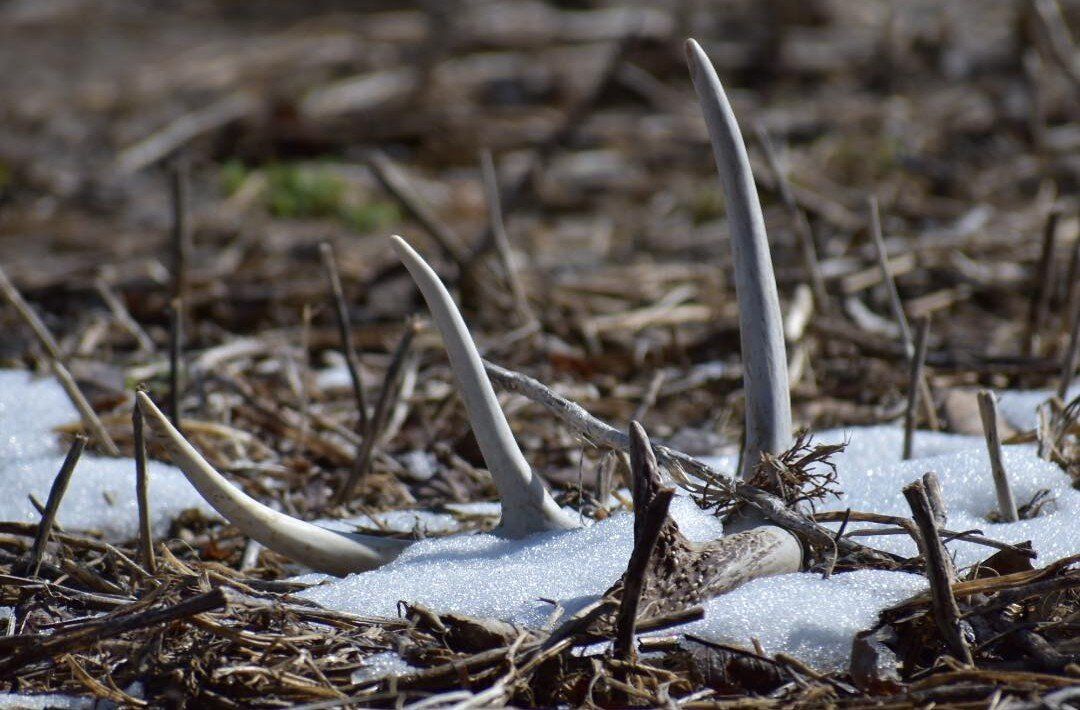Field Guide / Bear
7 Wild Hog Facts Every Hog Hunter Should Know
What do you know about wild hogs? Before hunting them, it's essential to know a bit about them to improve the success of your hunt.
Previous in Bear
More Content Like This
Shed Hunting 101: How (and Why) to Find Sheds
The early spring pastime of choice for hunters across the country, shed hunting gives thousands of whitetail hunters a new excuse to get outdoors. For many, exercising and experiencing the whitetail woods in the spring opens new insights into the whi...Read More
Read MoreMeet the Team: HuntWise Pro Staff
Born out of the desire to combine technology and weather, HuntWise exists to optimize the hunter's time and success in the field by providing the right information at the right time. From the seasoned professional to the beginner hunter, HuntWise Pro...Read More
Read MoreRabbit Hunting 101: Where They Hide and How to Hunt Them
What can you hunt when it's not time to hunt deer? Every hunter has a personalized routine that they resort to once deer season comes to a close. Read More
Read More Bear
BearShed Hunting 101: How (and Why) to Find Sheds
The early spring pastime of choice for hunters across the country, shed hunting gives thousands of whitetail hunters a new excuse to get outdoors. For many, exercising and experiencing the whitetail woods in the spring opens new insights into the whi...Read More
Read More Bear
BearMeet the Team: HuntWise Pro Staff
Born out of the desire to combine technology and weather, HuntWise exists to optimize the hunter's time and success in the field by providing the right information at the right time. From the seasoned professional to the beginner hunter, HuntWise Pro...Read More
Read More Bear
BearRabbit Hunting 101: Where They Hide and How to Hunt Them
What can you hunt when it's not time to hunt deer? Every hunter has a personalized routine that they resort to once deer season comes to a close. Read More
Read More
1 of 3



